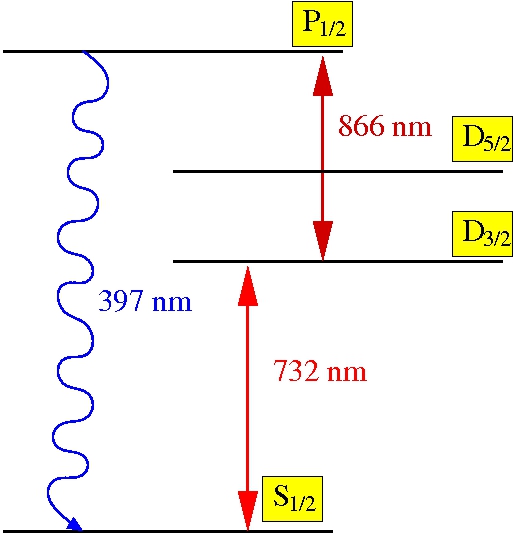
The thermodynamic equilibrium of an ion cloud depends on the competition between laser Doppler cooling and radio frequency heating, which is inherent to these traps. By choosing to confine clouds of several thousand ions with RF amplitudes corresponding to high Mathieu parameters (greater than 0.5), the ion cloud equilibrium is made susceptible to a small perturbation. When this perturbation comes from the passage of a very heavy single charged molecule, the cloud is made a single molecule detector, with no upper mass limit. This is the core of the GiantMol project, where the detection signal is based on the variation, upon passage of the molecular ion, of the laser-induced fluorescence emitted by the ion cloud during its laser cooling. This project aims to provide a new solution to the field of mass spectrometry of very large molecules (mass of the order of or greater than 1 MegaDalton) in particular for biological applications (direct detection of viruses, DNA, proteins, etc.). Indeed, this spectrometry is limited in practice to masses of the order of 1 MegaDalton due to the inefficiency of detectors of charged particles at very large masses.(voir ici).
Thanks to the financial support of SATT-Sud-Est, a prototype was built and it is now entering its second stage prematuration with the support of CNRS-Innovation.

